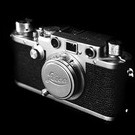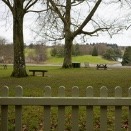M240 image of London by Christopher Tribble
-
Recently Browsing 0 members
- No registered users viewing this page.
-
Similar Content
-
- 2 replies
- 230 views
-
London
By David Virtser,
- 6 replies
- 383 views
-
- 561 replies
- 91,491 views
-
CL - The Image Thread 1 2 3 4 735
By Daedalus2000,
- 14,698 replies
- 991,952 views
-
- 7,194 replies
- 942,734 views
-




Recommended Posts
Join the conversation
You can post now and register later. If you have an account, sign in now to post with your account.
Note: Your post will require moderator approval before it will be visible.